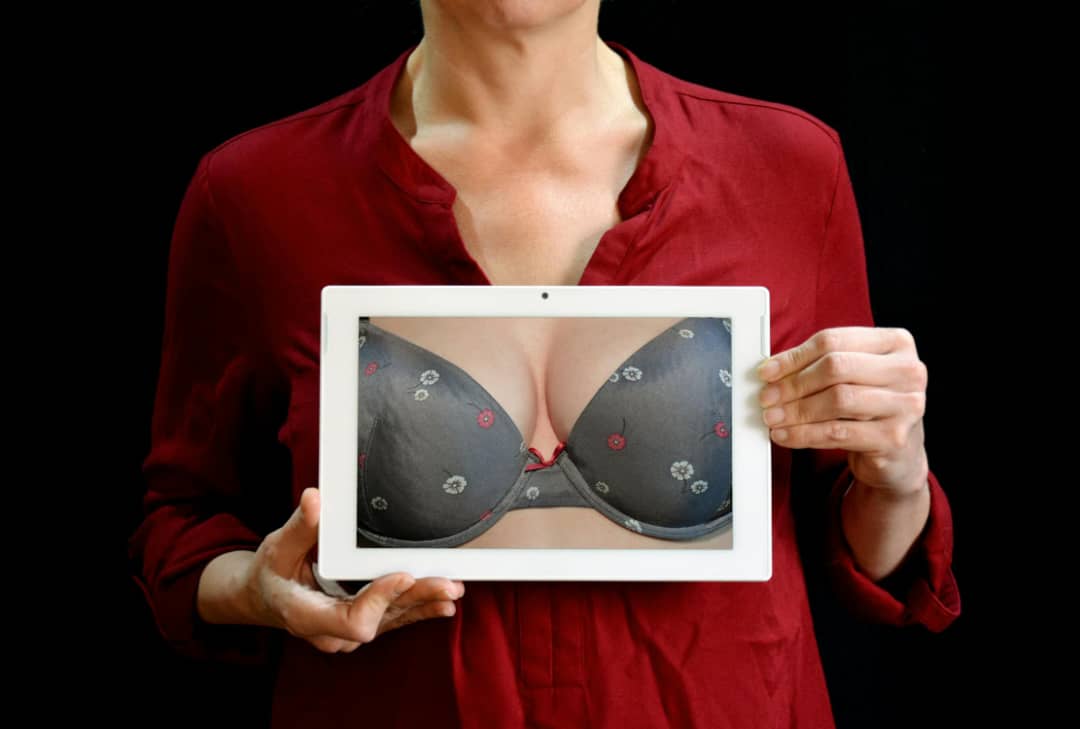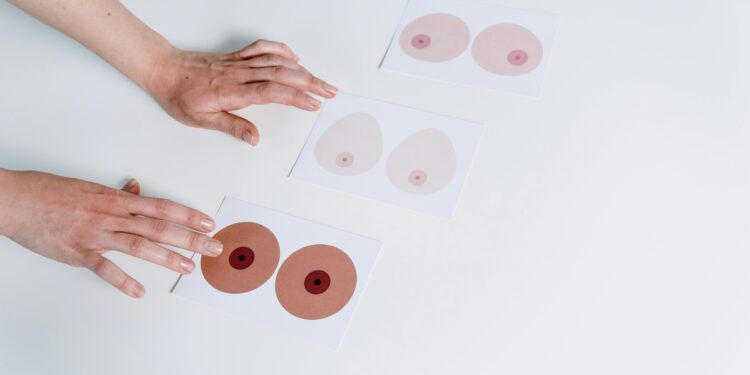Many people try to treat illnesses without knowing the cause. It’s like trying to fix a problem you can’t see, it doesn’t really solve anything. Whether it’s a dull ache that occasionally comes and goes, or a sharp pain that stays for weeks and months, you need to get a diagnosis so you can treat the issue the right way.
Nevertheless, not all breast pain equates to breast cancer. Breast pain, also known as mastalgia, can happen for different reasons. But in this article, we’ll talk about how doctors diagnose and treat breast pain.

Diagnostic Tests
The first step for diagnosing breast pain is going in for a physical examination. During the physical examination, the doctor will carefully feel your breast for lumps, tenderness, or any unusual changes. They will also ask questions about your symptoms and whether you notice this pain mostly during your period. This will help the doctor to narrow down the possible causes of the breast pain, to know if it’s cyclic or noncyclic mastalgia.
In most cases, the doctor will need a closer look, and for this, they might recommend a breast ultrasound. This test uses sound waves to create pictures of the inside of the breast. It is a painless procedure and can show things like cysts, or other changes in the breast tissue.
Next is a mammogram, which is an x-ray of the breast that helps find deeper issues that can’t be seen or felt. This test is usually recommended for older women, while the ultrasound is recommended for younger women. The mammogram identifies unusual growth, tiny calcium deposits, or other changes that might be causing the pain.
Treatment of Mastalgia
Lifestyle Modifications: There are a couple of things that you can do or adjust in your life that can help improve breast pain. You can wear a supportive bra, that allows your breasts to fit properly. These bras can make a big difference, especially during activities or hormonal changes when your breast feels tender.
Try as much as you can to reduce stress. You can practice some relaxing activities like yoga, medication, or simple breathing exercises. Also, some people find that cutting back on caffeine, salty foods, or fatty meals can ease their breast pain.
Medications: Medications for mastalgia are usually aimed at two things: reducing the pain, and balancing the hormones. If your breast pain is caused by injury or any non-cyclical factors, the doctor may prescribe you some pain relievers like ibuprofen or acetaminophen to help with the pain. You can also get these drugs at the pharmacy. But if the pain is severe or linked to your monthly flow, the doctor may recommend some hormonal pills like birth control, to balance your hormones.
Surgical Interventions: In rare or extreme cases, the doctor might recommend surgery. This could be that you have a non-cyclic mastalgia like cysts that has been causing pain. However, this process is saved for the last only when the pain is severe, or doesn’t go away with other treatments.
Bottom Line
For a proper diagnosis, doctors usually start by checking for lumps or tenderness through a physical exam.
They may suggest an ultrasound or mammogram to get a better look inside the breast. Treatment often includes lifestyle changes like wearing a supportive bra, reducing stress, and avoiding certain foods. In very rare cases, surgery might be needed if the pain is severe and doesn’t improve with other treatments.

















